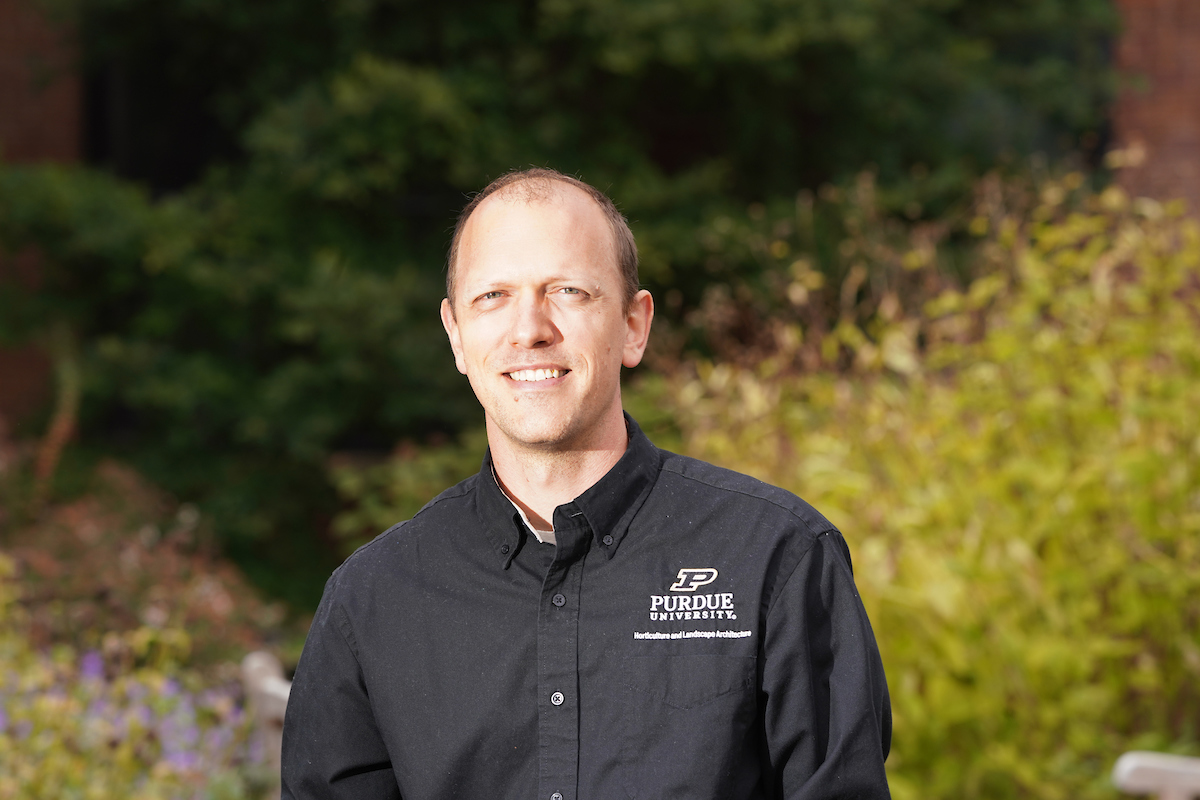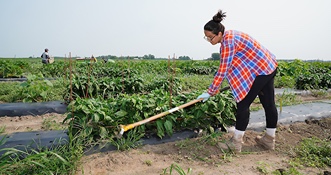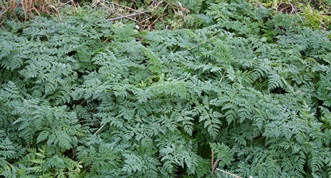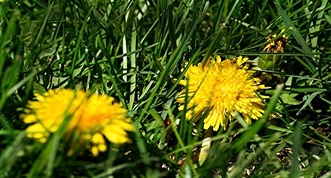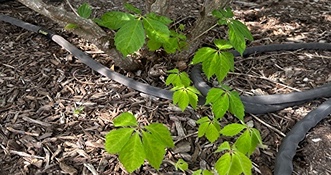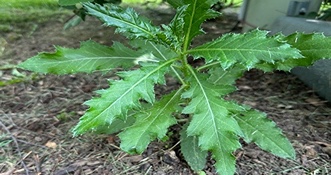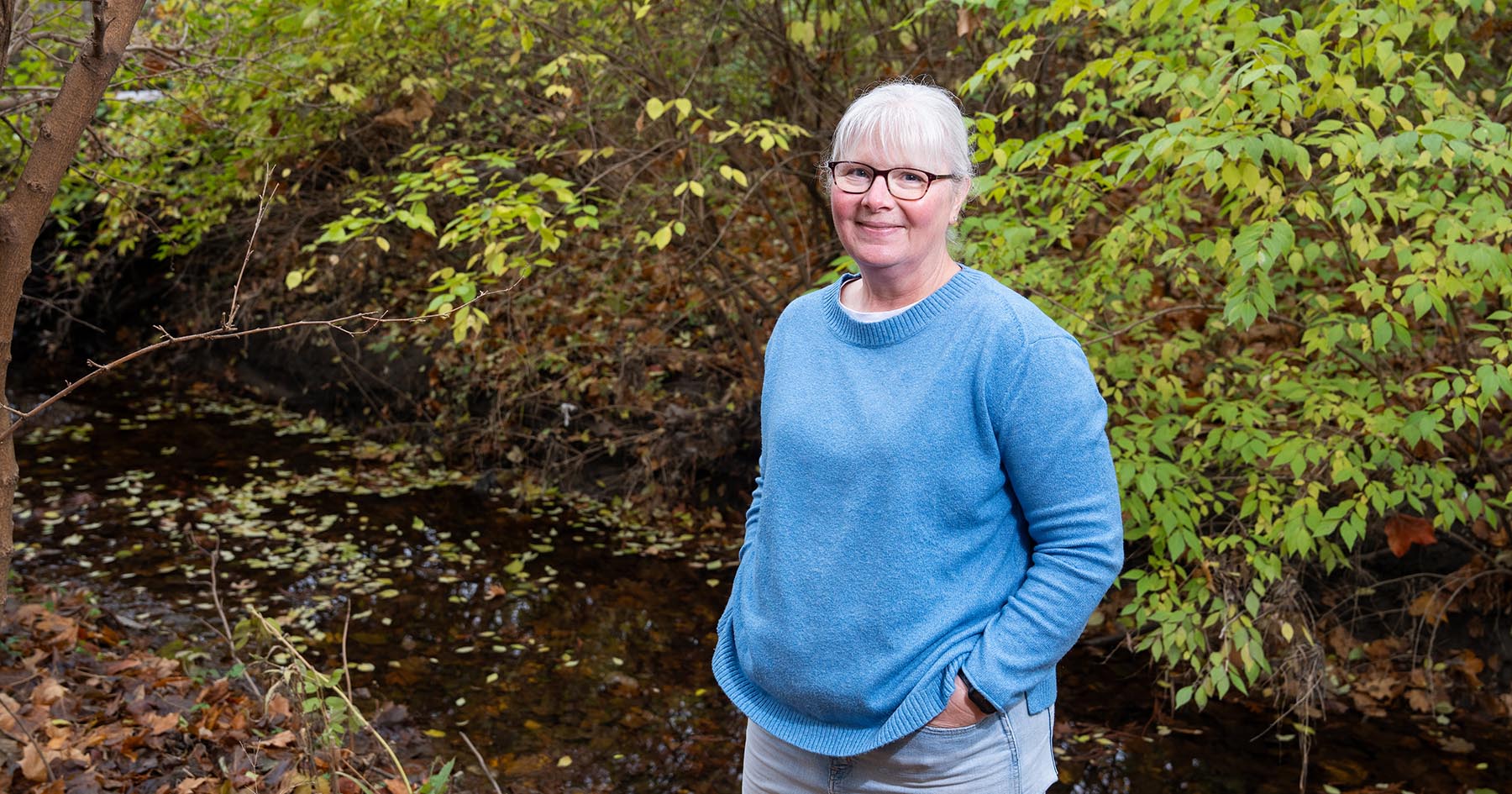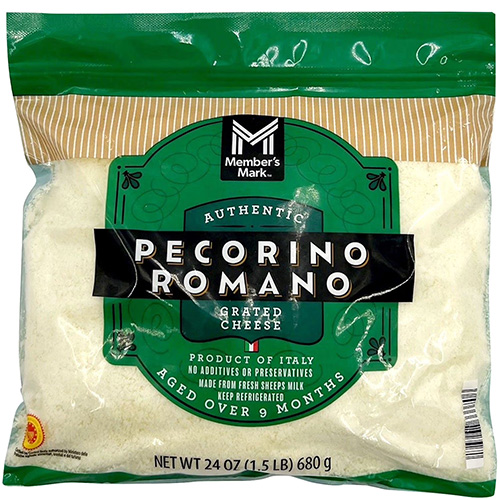Death, taxes and weeds
The old adage is true: some things in life are certain, like weeds in a garden. Stephen L. Meyers, assistant professor in Horticulture and Landscape Architecture with a specialty in weed science, says.
“The thing about being a weed scientist is that we know weeds are going to be there,” Meyers said. “Sometimes insects don’t show up, but weeds always will.”
In honor of National Weed Your Garden Day on June 13, Meyers shares some practical tips on prevention, identification and removal of weeds to keep your garden in tip-top shape this season.
Defining a weed
“The most obvious definition we use for a weed is: a plant that is out of place,” Meyers said, “Therefore, any plant growing where you don’t want it to grow is considered a weed.”
This could be something that grows in the crack of a sidewalk or a type of flower that you don’t want in your landscaping.
Prevention is key
“Like anything, prevention is the best cure,” Meyers said. He notes that the first step to a weed free garden is to avoid introducing weeds to that patch of ground from the start.
“Introduction can happen through the seeds and plants we buy, and through compost and mulch,” Meyers said. “It is important to ensure the inputs we use are as weed free as possible.”
Here are some of his top weed prevention tips:
- Don’t grow plants that can become weedy: One example of a weedy plant that spreads is the Japanese barberry. It is also important to note that the state of Indiana provides a list of specific plants that cannot be planted here.
- Be sure to purchase your plants from reputable sources: If you purchase seed to grow, ensure it comes with a label that says what percentage of weed it has and no noxious weeds.
- Change plant spacing: Put in more plants to try to close the canopy more quickly. This helps crowd out the weeds.
- Shade out the weeds: This can be done through the use of carbon-based mulches, grass clippings, hardwood bark mulch or straw mulch.
Proper weeding methods
If weeds are already present in your garden, Meyers notes that the best weeding advice he can give is to address them while they are small.
Other important weeding tips he recommends are:
- Intervene as soon as possible.
- Remove the whole weed, roots and all, to keep it from regrowing.
- Weeds removed before they have flowered can be set down in the garden path somewhere. If it is already producing seed, remove the weed completley from the garden space. .
- Utilize proper tools for weeding such as garden gloves, small shovels and hoes.
Chemical removal of weeds
“Generally we can do more harm than good by spraying herbicides on a home garden. The one exception would be if you're using a herbicide to prepare a site. In this scenario a broad-spectrum herbicide application in that area in the fall can be really helpful,” Meyers said.
Tips for using herbicides safely include:
- Be sure to utilize herbicides that are registered for use by homeowners and for the plants in your garden. It is important to follow all safety instructions listed.
- Pre-emergence herbicides control susceptible germinating weed seeds and should be applied to to weed free soil. Then ensure the garden bed receives some rainfall to move it into the soil where the weeds are germinating.
- Natural, vinegar-based products work best on small, emerged weeds and are generally not selective. These products are contact herbicides, which means they are effective on any green tissue they touch and can damage flowers and vegetables as well.
Meyers provides one last reminder for gardeners who are overwhelmed by the weeds in their garden, “Remember you are not alone in this plight. Don’t give up! If you feel bad about the weeds in your garden, you should come look at mine. I can educate others, but I can also commiserate with you.”
